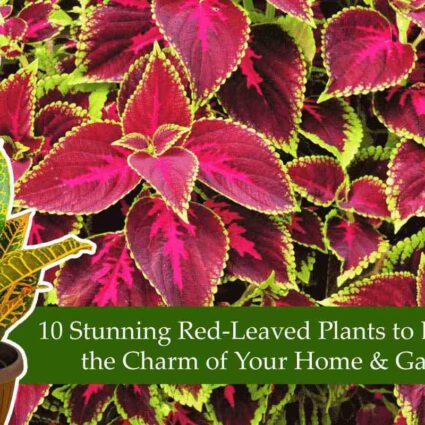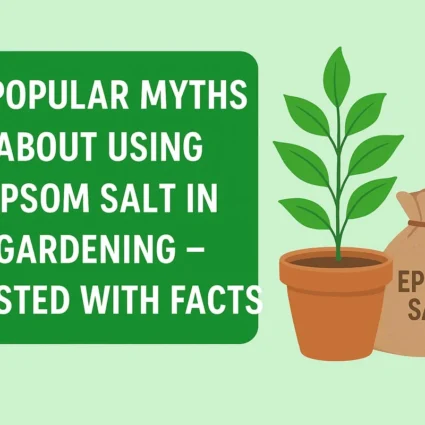Blogs
Conclusion: A Greener Life Starts with a Worm
Vermi composting is not just about better plants—it’s about better choices. It reduces your carbon footprint, enriches your soil, and reconnects you with the natural cycle of life.
So the next time you throw out a banana peel or carrot top, remember:
Don’t throw it—grow it.
A tiny earthworm can turn your waste into a garden’s treasure. Start today, and let your plants thank you tomorrow.
FAQs – Vermi Composting for Home Gardeners
Q1. How long does it take to make vermi compost?
Usually 6–8 weeks, depending on temperature and feeding routine.
Q2. Can I make vermi compost in an apartment?
Yes! Use a compact bin and keep it in your balcony or kitchen corner.
Q3. What is vermi wash, and how is it used?
Vermi wash is compost tea made from soaking vermi compost in water. Use it as a natural fertilizer spray.
Q4. Can I use cow dung in vermi composting?
Yes, but make sure it’s well-dried and not too fresh or wet.
Q5. Is vermi compost safe for all plants?
Absolutely! It’s gentle, natural, and supports all kinds of home garden plants.





